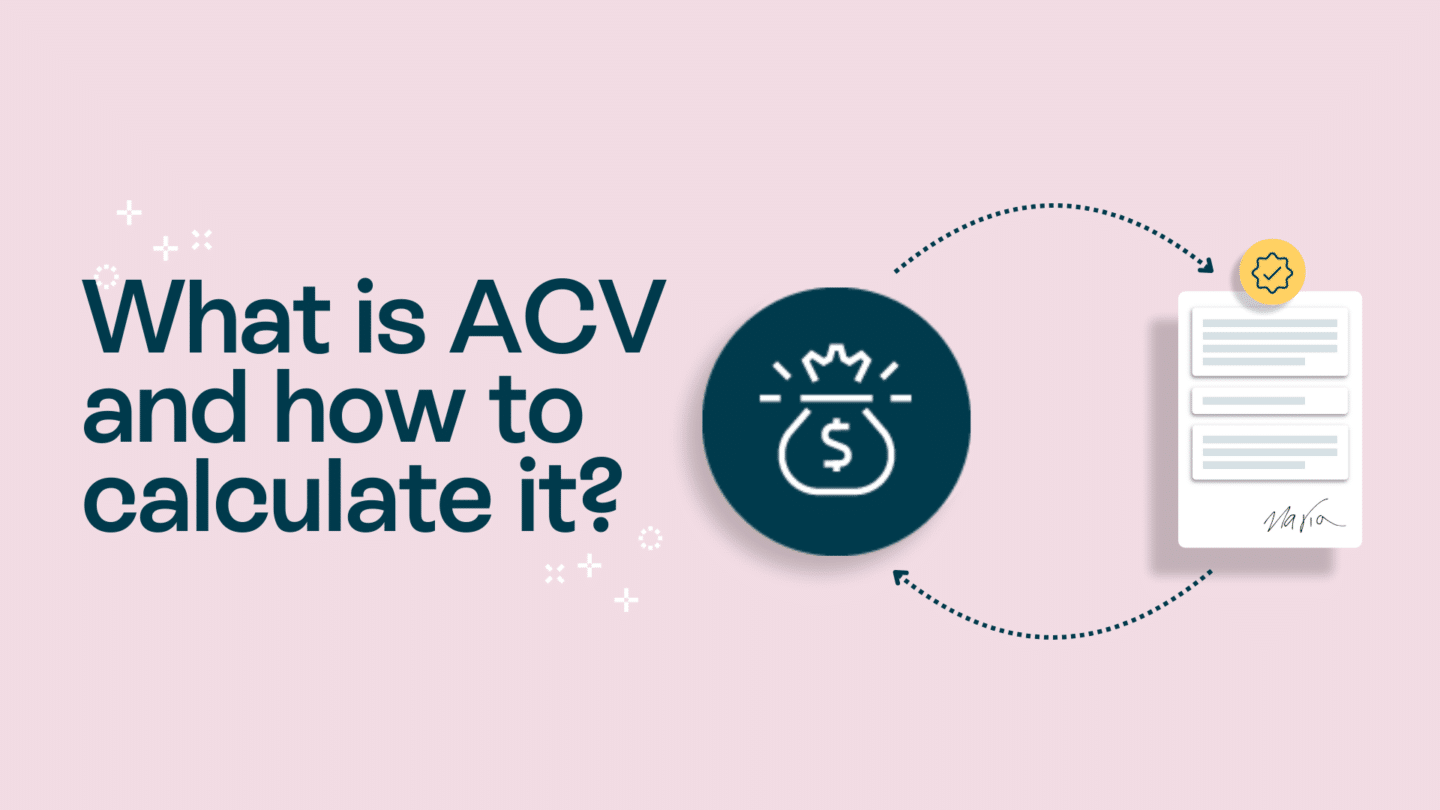In today’s business landscape, having an effective contract database is crucial. It’s not just about storing contracts; it’s about streamlining processes, improving efficiency, and reducing risks. In this article, we’ll explore the importance of a contract database, its benefits, key features to look for, and the steps to create and maintain one. So, grab a cup of coffee (or your favorite beverage) and let’s dive in!
Why is having a contract database important?
Contracts are the backbone of any business. They govern relationships, outline obligations, and protect rights. It’s no secret that managing contracts effectively can be a daunting task. This is where a well-structured contract database comes to the rescue!
A contract database acts as a centralized repository for all your contracts, making it easy to locate information, track deadlines, and analyze contract performance. It ensures that all stakeholders have access to the most up-to-date contract details, eliminating the headache of sifting through stacks of paperwork or digging through emails.
But let’s dive deeper into the role of a contract database in business. Think of it as your trusty assistant, holding all the crucial information you need at your fingertips. It helps businesses maintain transparency, ensuring that everyone is on the same page regarding contractual agreements.
Having a well-organized contract database offers numerous benefits. First and foremost, it saves time and effort. With a few clicks, contracts can be located, reviewed, and analyzed, enabling organizations to make informed decisions quickly. Moreover, it enhances collaboration, allowing multiple stakeholders to access and share information seamlessly.
But the benefits don’t stop there. A database also mitigates risks by ensuring compliance with legal and regulatory requirements. It enables businesses to monitor contract terms, obligations, and deadlines effectively. With timely notifications and reminders, you can wave goodbye to missed renewal dates or overlooked obligations.
Read also: What is contract management: A complete guide

What are some key features of a top tier contract database?
Now that we’ve established why a database is essential, let’s explore the key features that make one effective.
Searchability and accessibility
Imagine having a contract database where finding relevant contracts feels like searching for a needle in a haystack. Not cool, right? A robust contract database should provide advanced search capabilities, allowing users to filter contracts based on specific criteria such as contract type, parties involved, or key terms. Additionally, it should be accessible from anywhere, anytime, making remote collaboration a breeze.
Security and confidentiality
Contracts often contain sensitive information. Therefore, data security and confidentiality are of utmost importance. Look for a contract database that ensures data encryption, role-based access control, and regular backups. A secure database means peace of mind that your valuable contract information is safeguarded from unauthorized access or potential data breaches.
Integration with other business systems
In today’s interconnected world, it’s essential that your contract database plays well with other systems. Integration with CRM, ERP, or document management software can streamline workflows, eliminate duplicate data entry, and enhance overall efficiency. Seamlessly syncing contract data across different platforms saves time and reduces the chances of errors. In fact, Oneflow’s built-in contract database comes with a ton of integrations, including to your favorite CRMs and ATSs.
Read also: Save time with these free business template from Oneflow

How to create a based contract database
Now that you’re convinced about the benefits of a contract database and aware of the key features, let’s discuss how you can create one tailored to your business needs.
Identifying your contract management needs
Before diving into software options, take the time to assess your contract management needs. What types of contracts does your organization deal with? What key functionalities are crucial for efficient contract management? Documenting these requirements will help you narrow down the best-suited database solutions.
Choosing the right contract database software
Choosing the right database software is vital. Look for user-friendly interfaces, scalability, and customizable features. Consider the software’s ability to handle both structured and unstructured data, support for multiple file formats, and seamless integration options. Don’t forget to check reviews and ask for recommendations from other businesses in your industry.
Inputting and organizing contract data
With your database software at hand, it’s time to input and organize your contract data. Start by capturing essential details such as contract parties, effective dates, and agreement terms. Create a logical folder structure to categorize contracts based on their nature or business units. Remember, good organization is the key to easily accessing and managing your contracts.
Read also: Why you should integrate your software

Maintaining and updating your contract database
Creating a database is not a one-time job; it requires ongoing maintenance and updates to ensure its effectiveness.
Regular audits and clean-ups
Set aside time to conduct regular audits of your contract database. Check for outdated contracts, duplicate entries, or contracts that are no longer relevant. Clean up your database by archiving or deleting unnecessary contracts. This not only keeps your database clutter-free but also ensures accurate reporting and analysis.
Updating contracts and renewal management
Contracts are living documents, and they often go through changes or require renewals. Keep track of contract milestones, termination dates, and renewal options. Promptly update your database whenever changes occur, ensuring that all stakeholders are informed in a timely manner.
Read also: How to keep personal data flows in control for GDPR compliance

Training staff to use your new contract database
Creating an effective database is only half the battle; ensuring that your staff can use it efficiently is equally important.
Importance of user training
Invest in comprehensive user training sessions to familiarize your staff with the contract database. Cover topics like data entry, search functionalities, and reporting tools. A well-trained staff will utilize the database effectively, maximizing its potential and streamlining your contract management processes.
Best practices for training sessions
Make training sessions interactive and engaging. Incorporate hands-on exercises and provide real-life examples to demonstrate the database’s benefits. Encourage feedback from participants and address their questions or concerns. Remember, an enthusiastic and well-informed staff is the foundation of a successful contract database implementation.
The key takeaways
A well-designed and well-maintained contract database is a game-changer for businesses. It streamlines contract management, ensures compliance, and saves valuable time and effort. By understanding the importance, key features, and steps involved, you are well-equipped to create an effective database that will help your business thrive!





